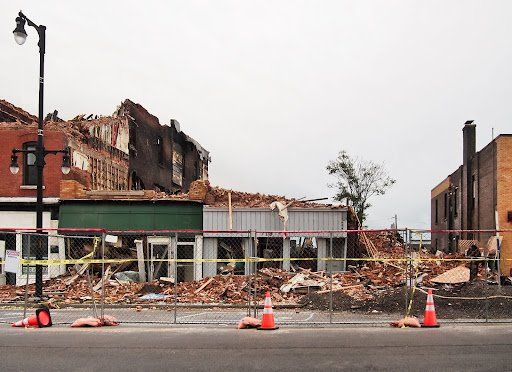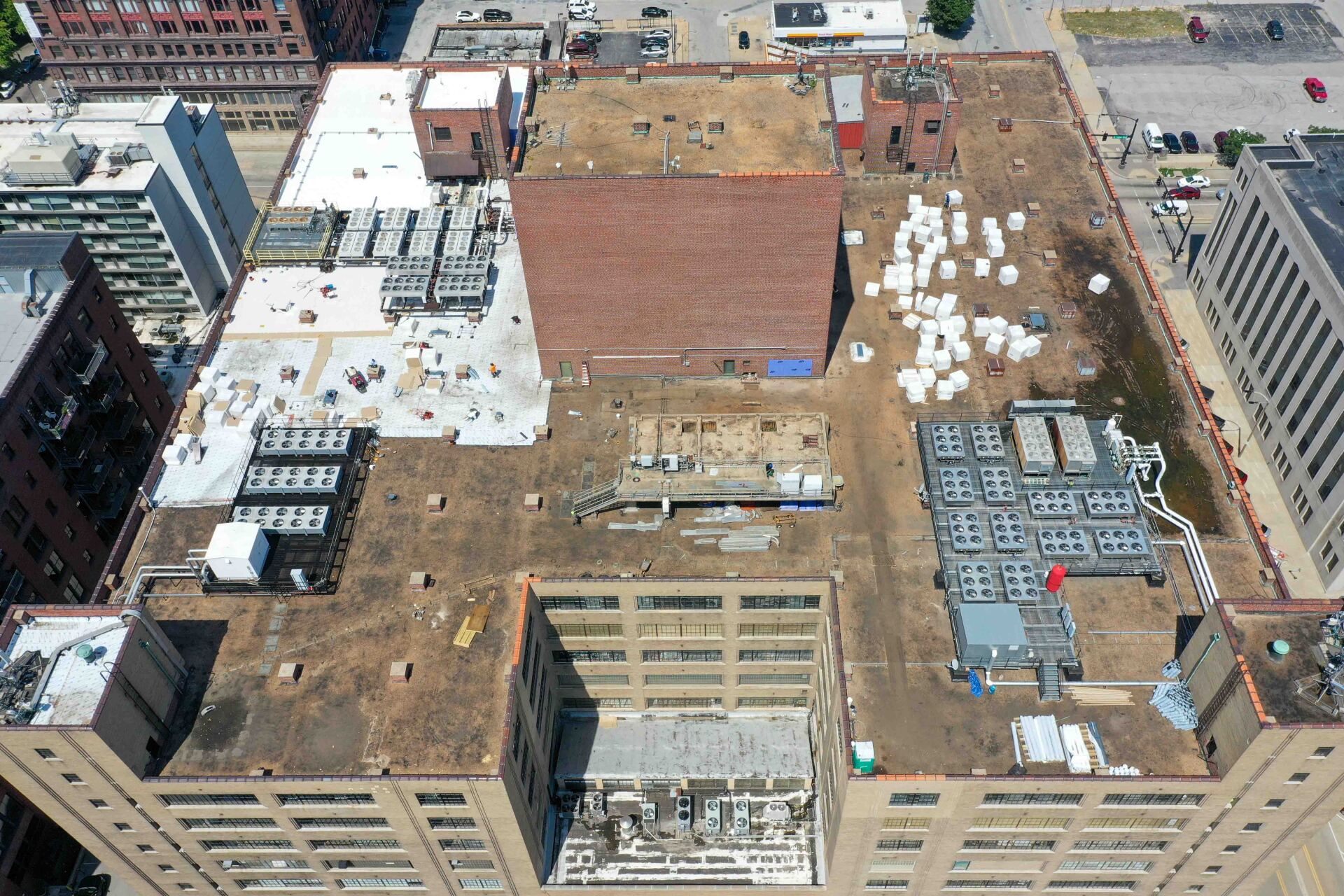A Guide to Commercial Restoration
Even the most well-organized businesses can't account for everything. Weather, natural disasters, and other accidents can strike at any time – and although business owners can do their best to prepare and prevent accidents, they can (and will) still happen. A fire, flood, earthquake, or other disaster can destroy property in minutes or even seconds. During trying times, business owners should look into commercial restoration to save their assets and bring their property back to its original standard.
Restoration Needs
Flood Damage
There are several ways water can damage your property. Heavy rainfall and thunderstorms can lead to flooding, hail damage, or standing water. Accidents like burst pipes or a water main breaking can cause leaks and other issues. A commercial restoration team can come into the building after the event to assess the damage and extract the water through pumps off the property. Once the water is removed, the team can use industrial dehumidifiers and fans to dry the area.
Fire Damage
Many buildings are at risk for fires, especially older buildings with outdated electrical systems. Even if your building is up to fire codes, fires can still hit your building, whether it be from a wildfire or a nearby building that has caught fire and spread to yours. After the flames are extinguished and the building is verified safe to enter, a commercial restoration team can get to work deodorizing the property. Salvageable materials should be moved offsite and cleaned appropriately while the team removes debris from the burned areas. The commercial restoration team can then make suggestions for repairing drywall, flooring, electrical systems, or whatever else needs to be replaced.
Earthquake Damage
If you live in an area that experiences earthquakes, you know an earthquake can appear out of nowhere. All that may happen for lower-magnitude earthquakes or aftershocks is that your items are jostled and move around. However, higher-magnitude earthquakes can cause furniture to fall or damage the exterior of the building. Follow FEMA regulations, keep your business as earthquake-proof as possible, and call a restoration team afterward.

Keeping Salvageable Items Safe
Cleaning after a disaster can be overwhelming emotionally. Although it may be challenging, business owners and their team should work with a commercial restoration team to go through items, machines, electronics, and furniture with a critical eye to see what can be salvaged and what needs to be disposed of. Items you can salvage should be dried out, cleaned, and deodorized for restoration of fire and water damage.
Electrical Work
The electrical work is the core of any building – if your power is down, your building is down. To restore your electric systems after a disaster, business owners should work with both a restoration team and an electrician. If the disaster was a fire, wires may have melted together, circuits may need to be rerouted, and work may need to be done to the breaker. Making these changes quickly and properly will help prevent an electrical fire in the future.
Keeping Business Running
If the damage to your building is contained enough to one place, you may be able to have some of the business still running. However, it is essential business owners get an "all clear" that it is safe to have employees or customers still in the vicinity – this is critical for fire or flood damage if there is a risk of mold or toxins in the air. If it is safe to open part of the building, you may need to have different entrances or exits open and signage to direct your customers.

Building Codes and Standards
When the commercial restoration team you work with is rebuilding, they must follow procedures and building codes to get the property back up to standard. This can be difficult to navigate depending on how much of the building needs to be restored, but an experienced team can help.
Work With Wright Building Systems
Greater St. Louis business owners trust Wright Building Systems time and again with all of their projects, including commercial restoration projects. Our dedicated team has the equipment, technical skills, and perseverance to get your business back up and running. Let's get in touch today!



